Written by: Dr. Dushka H. Saiyid
Posted on: November 10, 2022 |  | 中文
| 中文
The author with the jazz band at the Preservation Hall
New Orleans is a heady mix of Creole culture, food, jazz, and a charged atmosphere, especially around the Bourbon Street and the French Quarter. Founded by the French in 1716, passed to Spanish control in 1763, with the Americans purchasing it in 1803, it is a melting pot of different cultures and races. It is where the musical genre of Jazz emerged in the early twentieth century, consisting of syncopated rhythms with a heavy emphasis on improvisation, with roots in music brought by black slaves from West Africa with their tradition of drumming and singing. The blues were also born here, the melancholy music of the enslaved people’s yearning for freedom. When Cajuns, French settlers in Canada, were driven out, they came to settle in Louisiana in the late 1700s, and produced a racial mixture of the European African, and Hispanic ethnic groups.
Jazz at the Spotted Cat
Nola’s (as New Orleans is often referred) most famous musician is Louis Armstrong, who was born in 1901 and raised here. Satchmo, as he was lovingly called, was an amazing trumpeter and vocalist, and one of the most influential jazz players. He was playing in small clubs and parades before he left for Chicago in 1922, where his career took off. A park in New Orleans is named after him. There were other famous names of jazz associated with Nola, like Wynton and Ellis Marsalis, Pete Fountain, and Jelly Roll Morton. Preservation Hall is one of the best places to hear traditional jazz, located in the famed French Quarter, it is rustic and almost bare, but provides pure music with no distraction for food or drinks. There are other famous bars and restaurants with live jazz, such as the Spotted Cat. Voodoo is a religion based on nature, spirits, and ancestors, which was brought from West Africa by slaves and by Haitians, after their revolt failed in 1791. Its followers believe that while God does not interfere, spirits do, and they can be reached through dancing, music, chanting and snakes. The mystique of the city is enhanced by the voodoo shops and museums which are ubiquitous, as are the Haunted House tours.
The heart of New Orleans (pronounced as N’awlins) is the Bourbon Street and the French Quarter. The former caters for young people and is reminiscent of Havana, for music pours out from every second café, restaurant, and bar. It is a common sight to see teenage boys sitting on Bourbon Street drumming quite professionally on empty and upturned steel buckets. The food here is unique Creole or Cajun, with such classic dishes as Jambalaya, Po boys, Gumbo. Gumbo is regarded as the queen of Creole cooking, a stew served with different ingredients with roux as its base. While Jambalaya is a New Orleans version of a Paella, but its ingredients vary with chicken, sausage, or seafood. While Po Boys are sandwiches of baguette with roast beef, oysters, fried shrimps, and mayo.
The famed Beignets of New Orleans are like doughnuts covered with powdered sugar and are meant to be had with coffee. The iconic Café du Monde in the French Quarter is famous for them. Its’ large open verandah was packed to the brim with customers, while a roving jazz band entertained the clientele playing on the road outside. The large two and a half acre Jackson Square is next to the Café du Monde, with a larger-than-life sculpture of General Jackson in the center, dominating the park. Jackson had mobilized all the local men, both black and white, to resist the British in January 1815, and defeated them.
The architecture in the French Quarter is a mix of French and Spanish. The houses often have courtyards and beautiful balconies with wrought iron grill.
Cafe du Monde
One of the highlights for tourists is a boat ride down the Mississippi River with live jazz and dinner in an old-style paddle-wheeler. A visit to the swamp on the outskirts of New Orleans is another popular excursion, an experience of close encounter with alligators, big and small.
While the identity of both cities is based on the presence of slaves, but they could not be more different. Charleston’s downtown seemed full of well-healed white people and gone were the scruffy looking tourists and locals of Bourbon Street.
Charleston was one of the richest cities in North America because of the golden rice it grew, a precious and an expensive commodity. However, it was so difficult and challenging to cultivate it that only slaves from West Africa could work in the rice fields infested with snakes and snapping turtles. By 1708, most of Charleston’s population were black Africans brought over by the Atlantic slave trade until the early 20th century, when they migrated to the north and mid-west to escape the Jim Crow laws (these mandated racial segregation in public facilities in the former Confederate States of America). Rice became the main cash crop, and the plantation owners were willing to pay a premium price for slaves from the “Rice Coast” of Africa, who had experience in growing it. The importance of Charleston as a center of slavery can be gathered from the fact that of the 400,000 Africans brought as slaves to North America, 40% landed at Sullivan’s Island off Charleston.
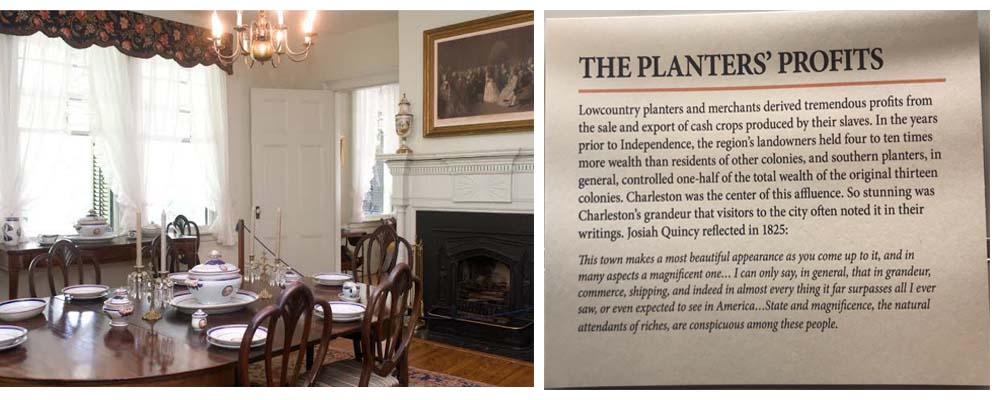
(L to R) Dining table at the main house of the Magnolia Plantation, and a note about The Planters' Profits at a The Charleston Museum
Magnolia Plantation and Gardens have become a popular tourist destination as it is located near Charleston on the Ashley River. It dates to 1676, when John and Ann Drayton built a house and gardens on its 464 acres. They used enslaved labor to build the house and work on the plantation. The grandeur of the house is in stark contrast to the cabins of the slaves, both preserved for visitors to see. Rice was grown on the plantation and slaves from West Africa were used for it. By the mid-19th century, Charleston was the richest city in the thirteen colonies, with the largest population after Philadelphia. As the hub of the Atlantic slave trade of North America between 1770 and 1775, Charleston’s customs processed 40% of the African slaves brought to North America. Rice remained the dominant commodity in coastal Carolinas but died out after the Civil War when it lost its enslaved labor.
The 1808 ban ended the country's participation in the International Slave Trade which led to the creation of a domestic slave trading system. Since Charleston was one of the major centers of slave trade, the Old Slave Mart on Chalmers Street in Charleston served as an auction house for slaves till 1863, when their auction ended. It is the only auction house left and has been converted into a museum. In the seven decades up to the outbreak of the American Civil War, South Carolina developed plantation agriculture which was dependent on enslaved labor and over a million American born slaves worked in the cotton and sugar plantations, although the plantations in Charleston only grew rice.
Europeans were trading with the Chinese way back in the sixteenth century. However, British navigation laws prohibited the colonists from trading directly with China as it was a monopoly of the British East India Company. However, wealthy Charlestonians developed a taste for luxury Chinese items and porcelain. But after the US gained independence, they began to trade directly with China.
Charleston’s wealth and history is a poignant reminder of what underlay its prosperity. The Magnolia Plantation and the Old Slave Mart are a painful reminder of the inhumanity of the institution of slavery. New Orleans, by contrast, is an exhilarating experience of a rich Black and Creole culture where jazz reigns supreme even now.
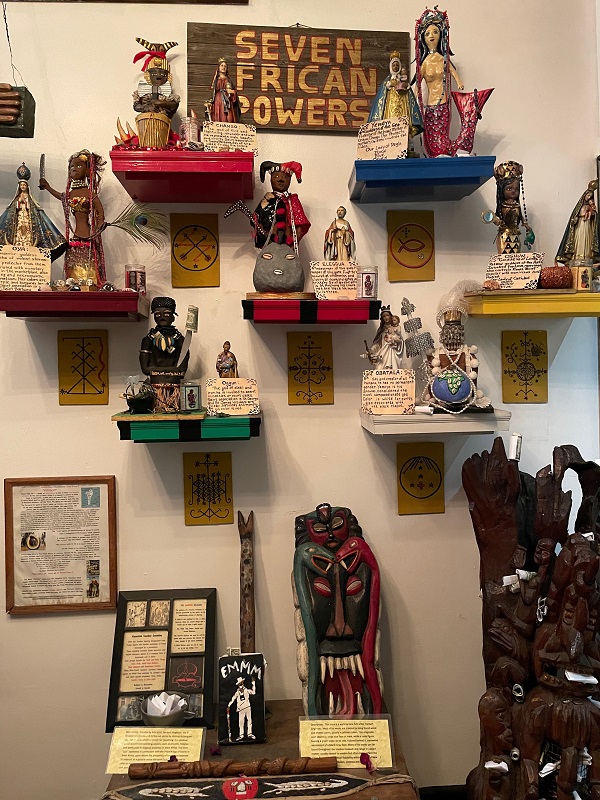
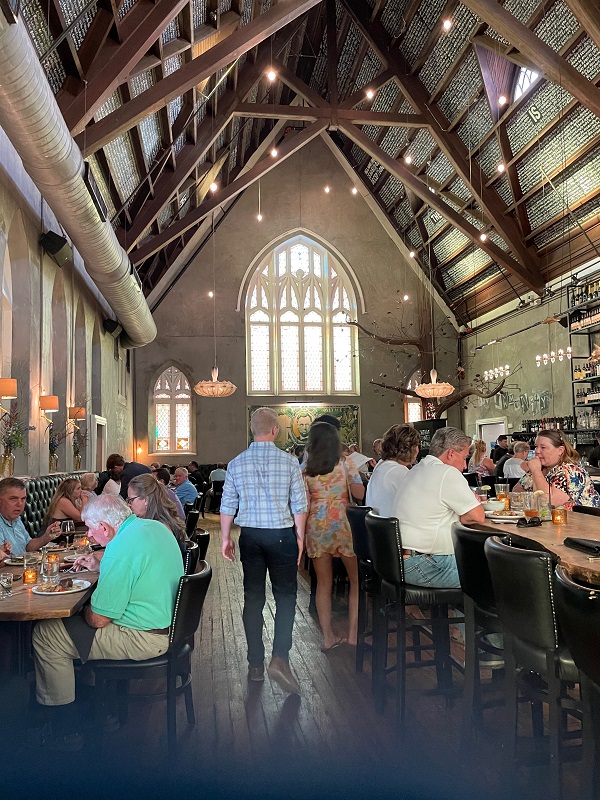
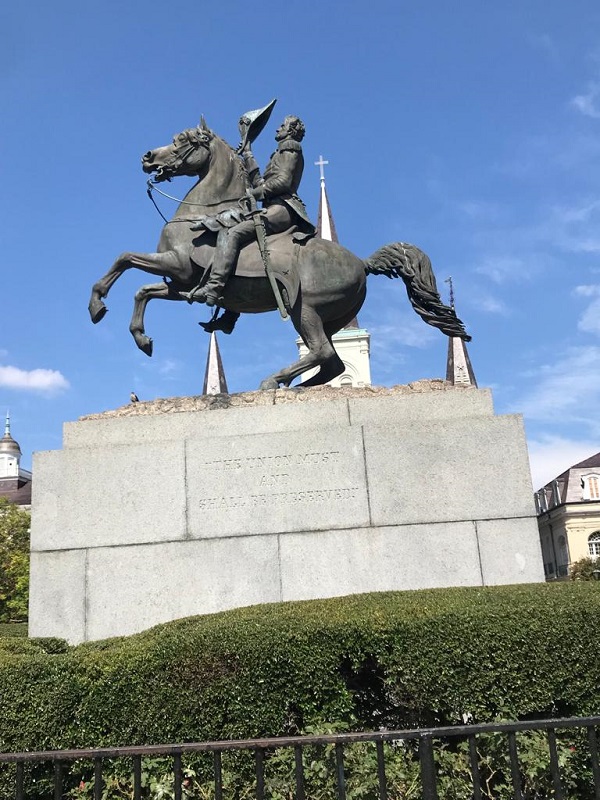
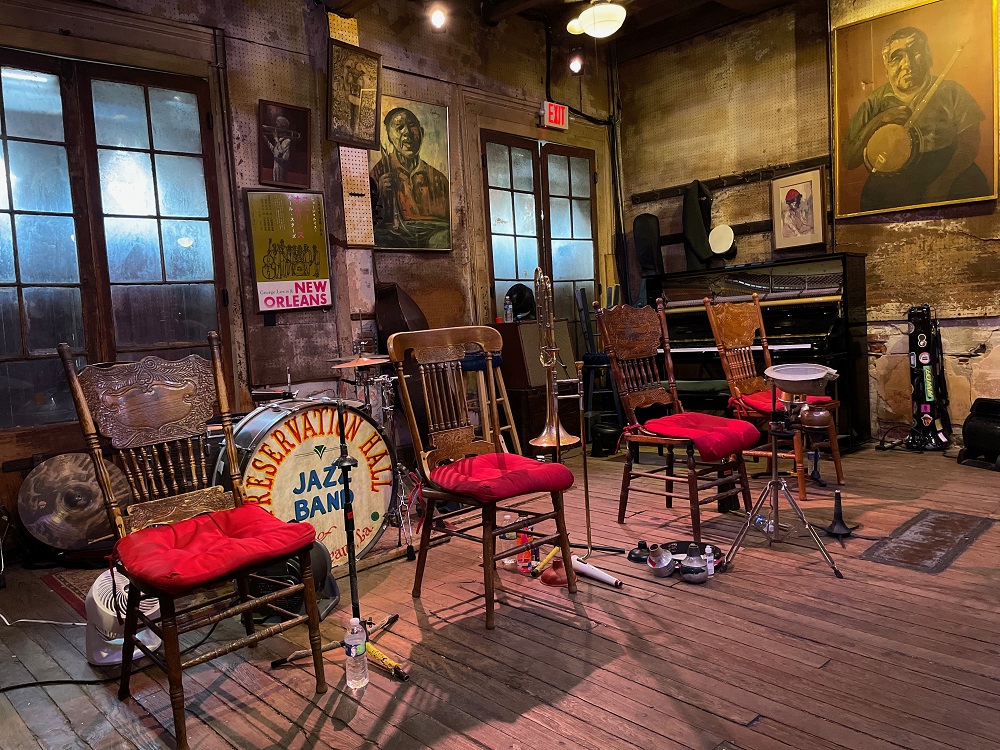
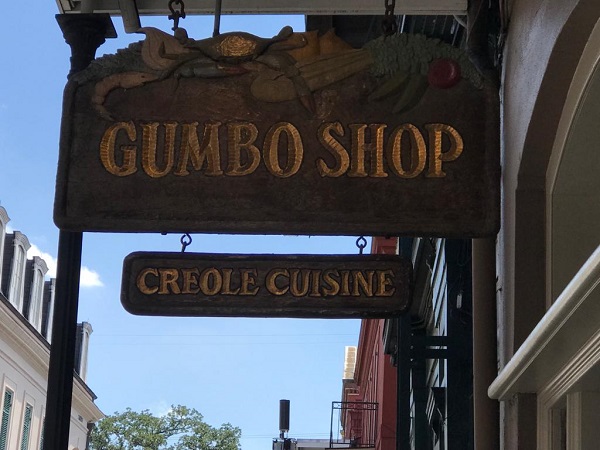
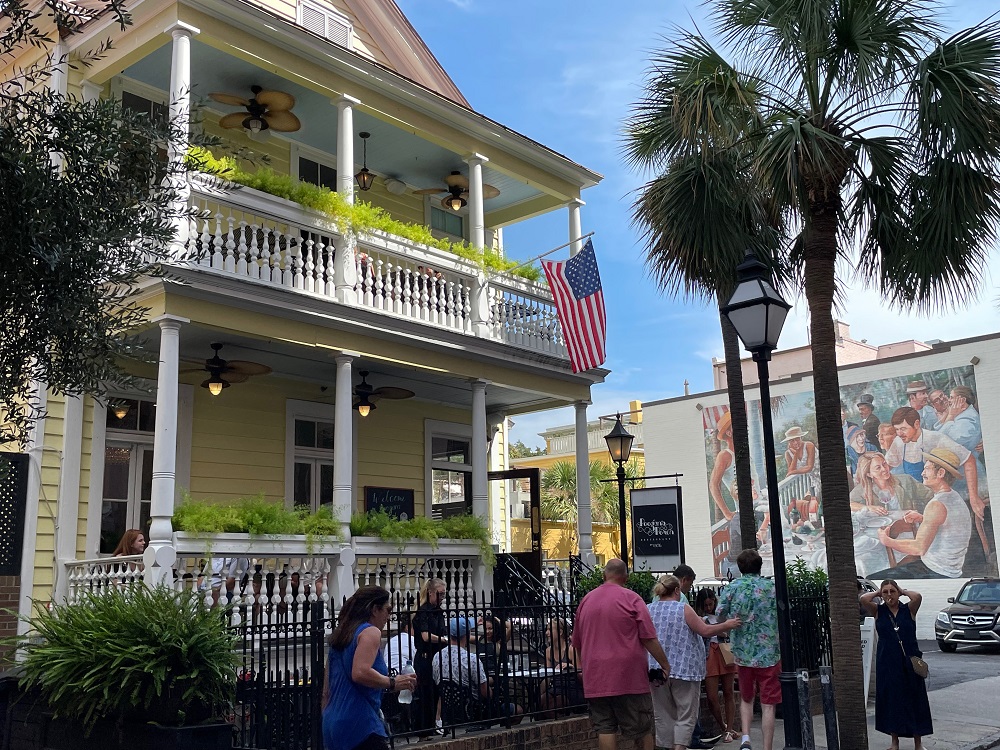
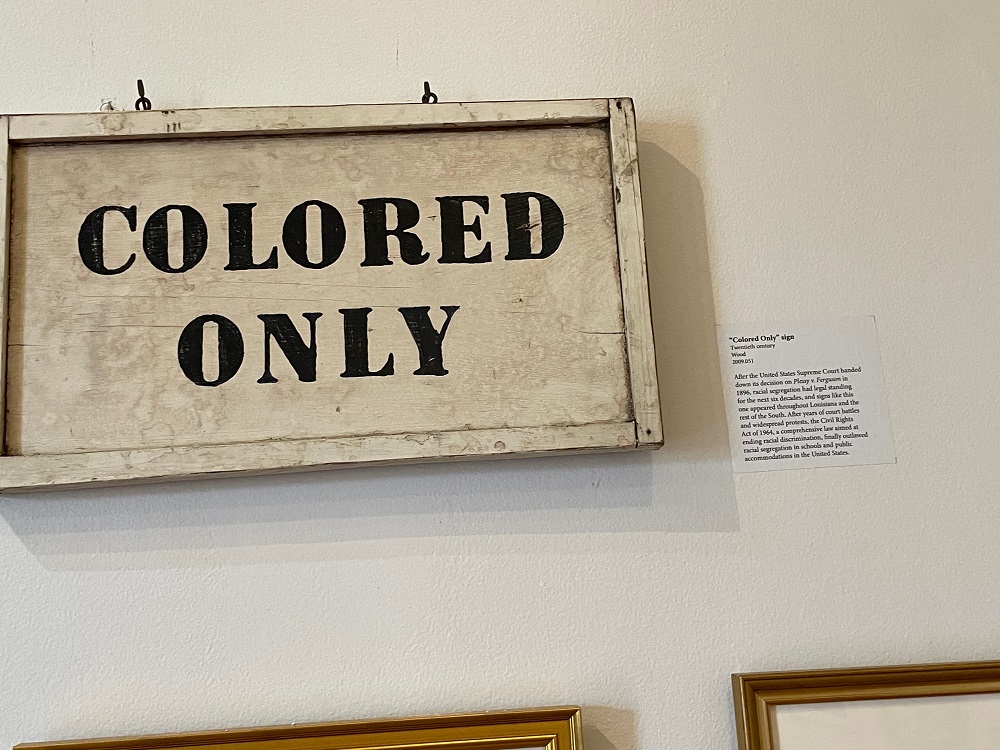
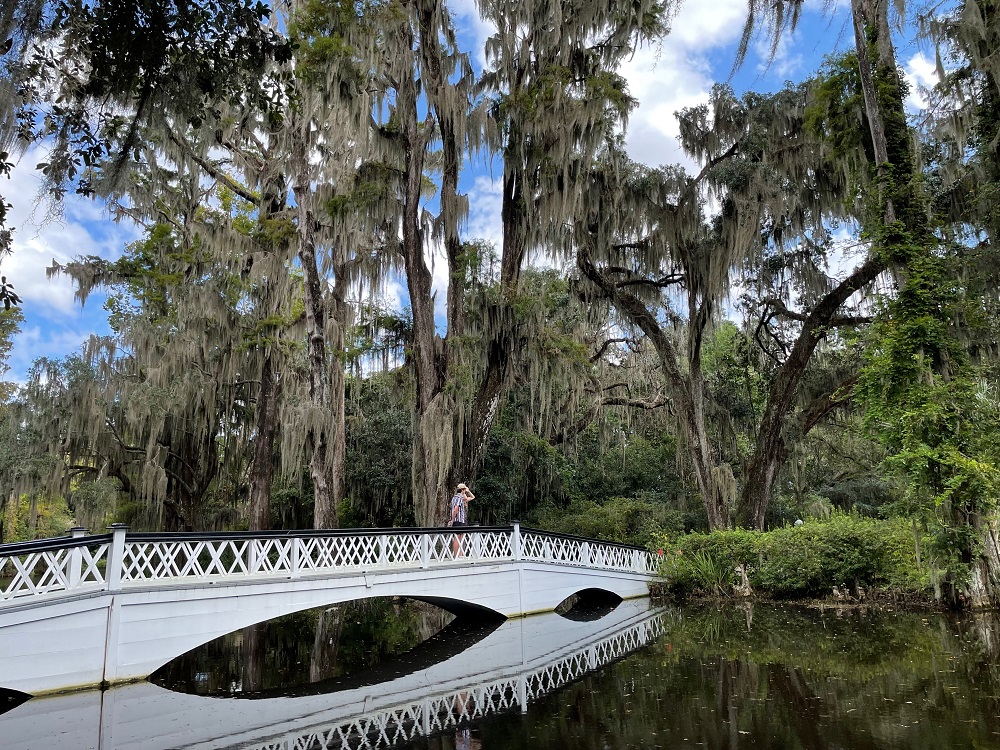
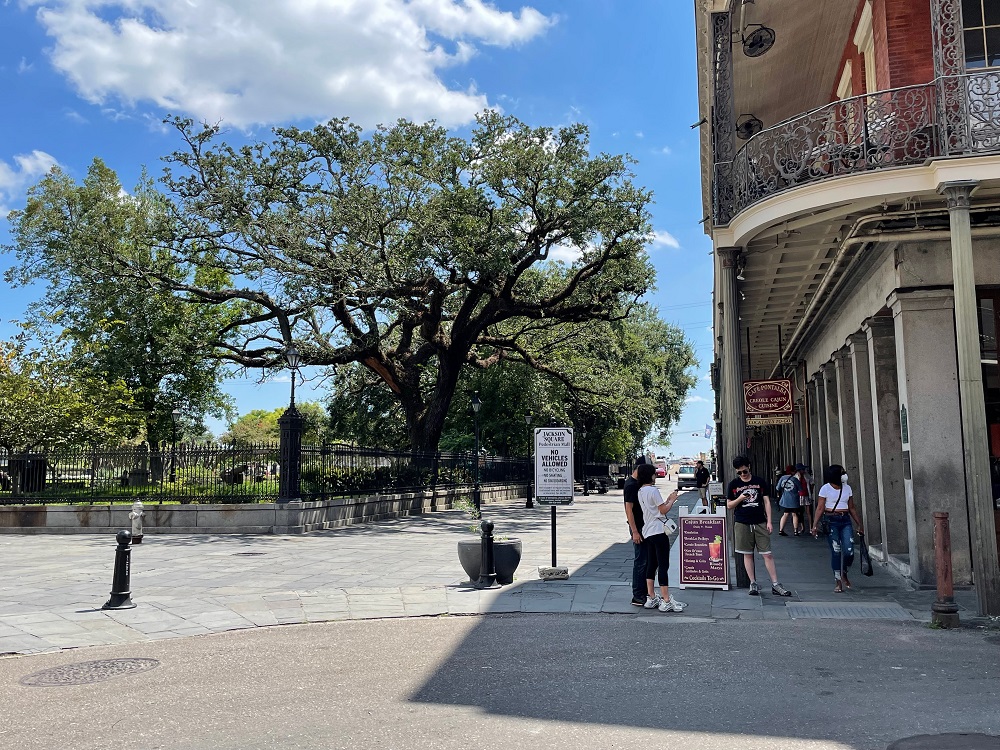
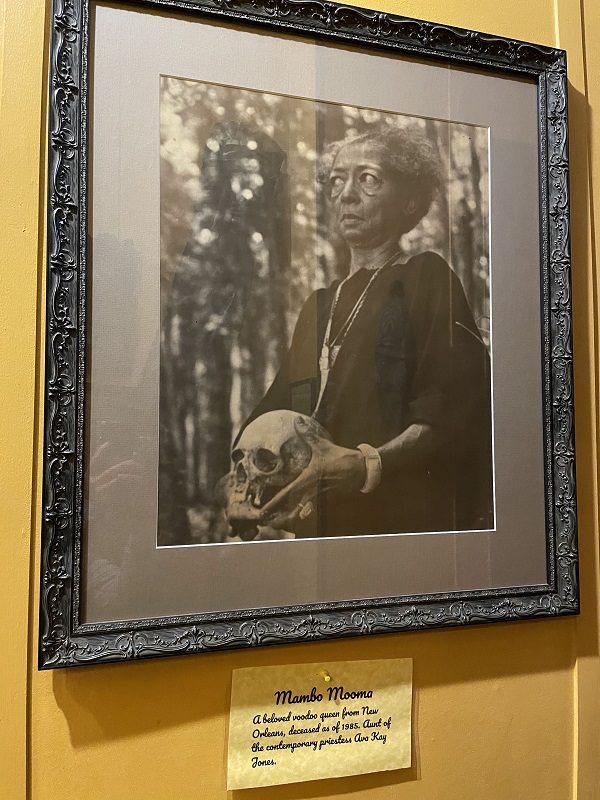

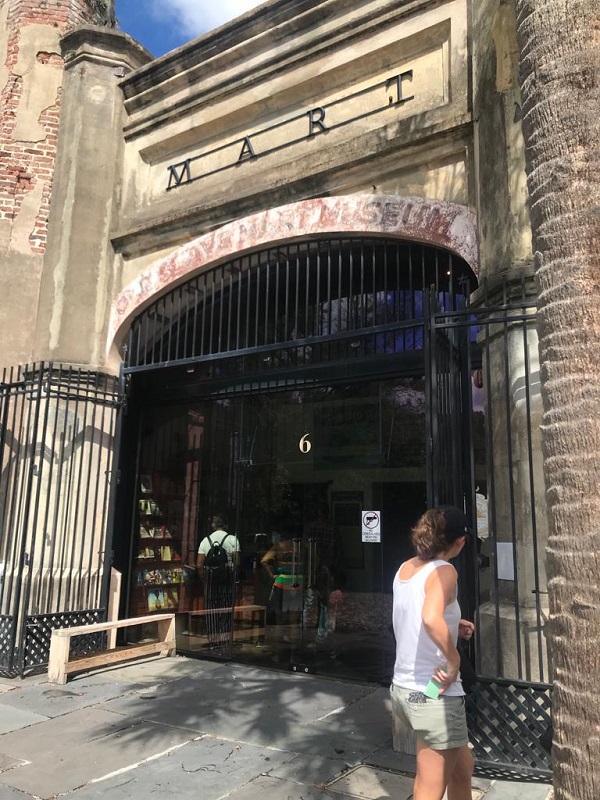
You may also like: